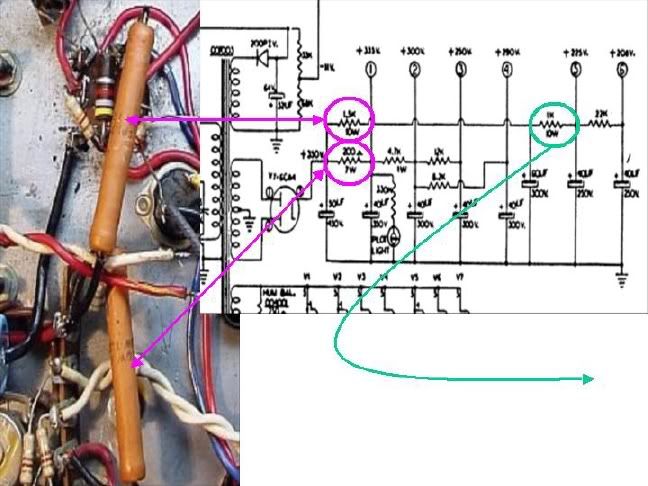Tube Amps—The Heat
Obviously tubes generate the most heat in an amp.
I have a learned British friend who is fond of saying how good tube amps sound after they warm up—giving all credit to the tubes.
But somewhere on the internet I read that it's the resistors that really start to cook and make that warm tone warm.
My Thunder I Reverb has 3 big resistors under the hood and one on the reverb tank. I haven't owned the amp long enough, or had it working long enough before dismantling it, but wonder if you guys in the know have checked the thermal effect of these components and how you feel they effect tone.
Guild chose to drill the chassis (and leave the chassis ends open) for improved cooling.
What do you think?
Obviously tubes generate the most heat in an amp.
I have a learned British friend who is fond of saying how good tube amps sound after they warm up—giving all credit to the tubes.
But somewhere on the internet I read that it's the resistors that really start to cook and make that warm tone warm.
My Thunder I Reverb has 3 big resistors under the hood and one on the reverb tank. I haven't owned the amp long enough, or had it working long enough before dismantling it, but wonder if you guys in the know have checked the thermal effect of these components and how you feel they effect tone.
Guild chose to drill the chassis (and leave the chassis ends open) for improved cooling.
What do you think?

